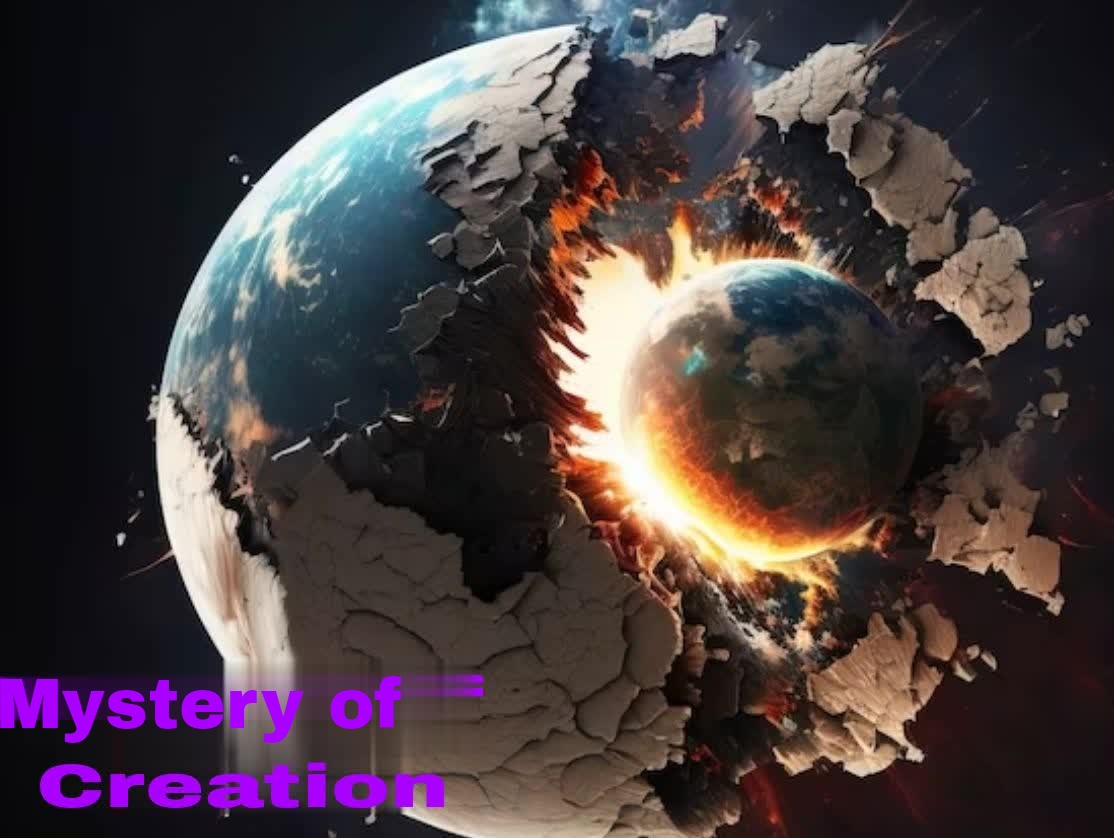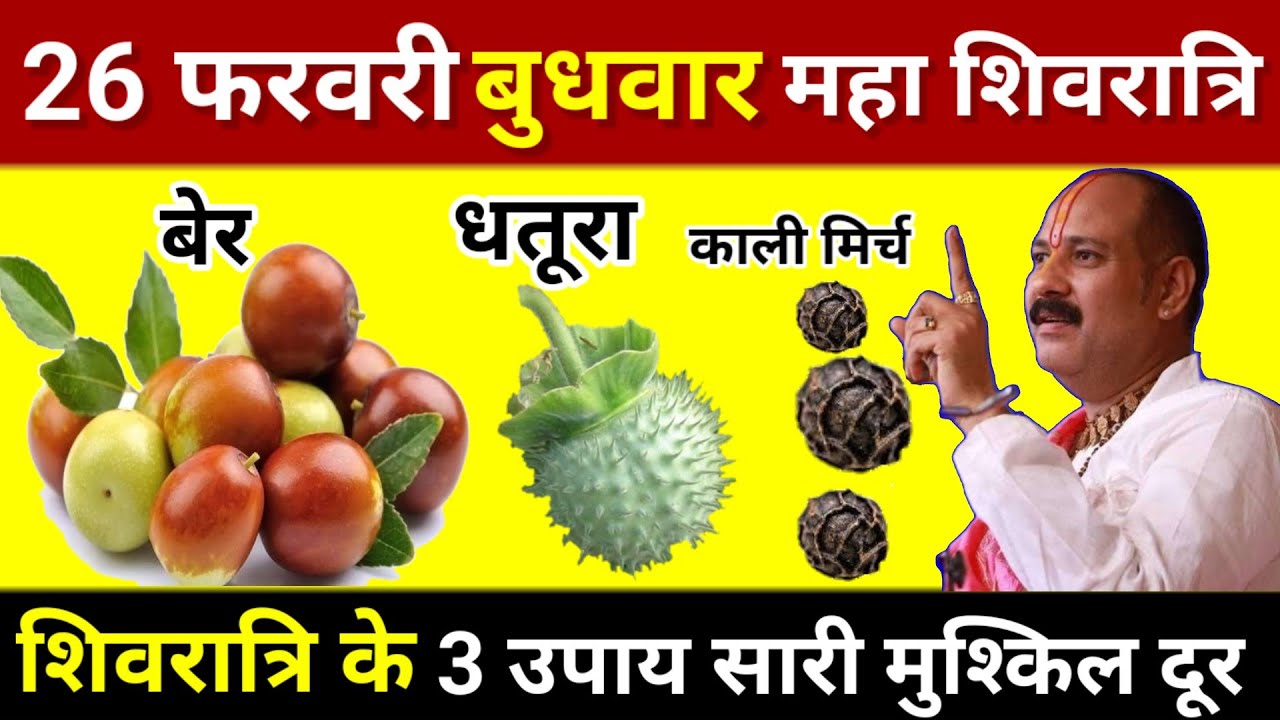Another Planet is Still Sheltered in the Womb of the Earth.

Space News: Scientists have made such a claim in a research paper published in the journal Nature on November 1.
scientists,earth, Moon, debris,Theia.


Charles Darwin had ruled out the possibility of the existence of a creator named God behind the theory of creation.
But it is not applicable only to the biological world.
The theory of evolution also applies to the entire universe.
At least that is the explanation that scientists have put forward in an attempt to unravel the mystery of the creation of the earth.
And with that, even more startling information has come to the fore.
According to scientists, before fully assuming the shape of a planet, there was a collision between two cosmic objects.
Of these, the weaker object was torn to pieces, one of which is now visible in the night sky as the moon, and the other part is still embedded in the earth's interior.
Scientists have made such a claim in a research paper published in the journal Nature on November 1 (Space News).
In that research paper, it is said that the earth was formed about 4.5 billion years ago.
But at that time, the earth was just a cosmic object, it had not assumed its present complete form.
In other words, before assuming the shape of a complete planet, the earth collided with another similar cosmic object at that time.
The object that collided with the earth was a rocky object the size of Mars.
Scientists have named this cosmic object "Theia" (Protoplanet Theia) after the mother of the moon in Greek mythology.
Scientists claim that as a result of the collision, some parts of the earth also flew out.
The weaker "Theia" was more damaged.
Their fragments came together to form the moon later.
After that, scientists have been struggling to study what happened to "Theia".
But the new research claims that the remaining debris of "Theia" due to the collision was drawn to the earth's interior by the force of gravity and embedded there.
The debris of "Theia" is still sleeping in the womb of the earth today.
The lead author of the research paper, Chia-Yuan Yuan, a geodynamicist at the California Institute of Technology, said, "The long-term impact of this collision had an impact on the evolution of the earth.
The explanation for why the earth is different from other planets in terms of geology is within this incident."
Chia-Yuan and his colleagues conducted experiments on two dense-liquid hemispherical objects of the same size as a continent, located at a depth of about 2,900 kilometers in the earth's interior.
It was found that while seismic waves are moving at a rapid pace elsewhere in the earth's interior, their speed slows down when they pass through the two objects.
That is, the density of the two objects is higher than the rest of the earth's interior.
After that, using computer simulation to imitate it, it was found that the debris of "Theia" could be embedded in the earth's interior.
Earlier, it was found that the density of "Theia" is 2 to 3.5% higher than the earth, by examining the rocky materials of "Theia" collected from the moon and elsewhere in space.
The density of the two objects embedded in the earth's interior is also the same.
Based on the computer model, scientists have said that the debris of "Theia" embedded in the earth's interior is mainly molten rock.
It has become harder over time.
It covers an area of about a few hundred miles.
The debris has covered the earth's interior like a blanket.
If compared to the total mass of the earth, its weight can be 1/40 to 1/60.
The debris is much richer in iron than other rocks found in the earth's interior.
Scientists claim that it has similarities with the volcanic rocks of the moon.
They claim that when the tectonic plates move away from each other, the molten rock, ash, and lava that rise from below often contain debris from "Theia".
Examples of this are found in Iceland and Hawaii.
The two objects embedded in the earth's interior are located in the lower mantle, about 2,900 kilometers below the surface.
The debris of "Theia" is about 1/40 to 1/60 of the mass of the earth.
The debris is much richer in iron than other rocks found in the earth's interior.


महाशिवरात्रि के उपाय , बेर, काली मिर्च और धतूरे का...

Hello Friends ready to see the IPHONE 17 & 17...

Top Highlight About Samsung S24FE Samsung Galaxy S24 FE...